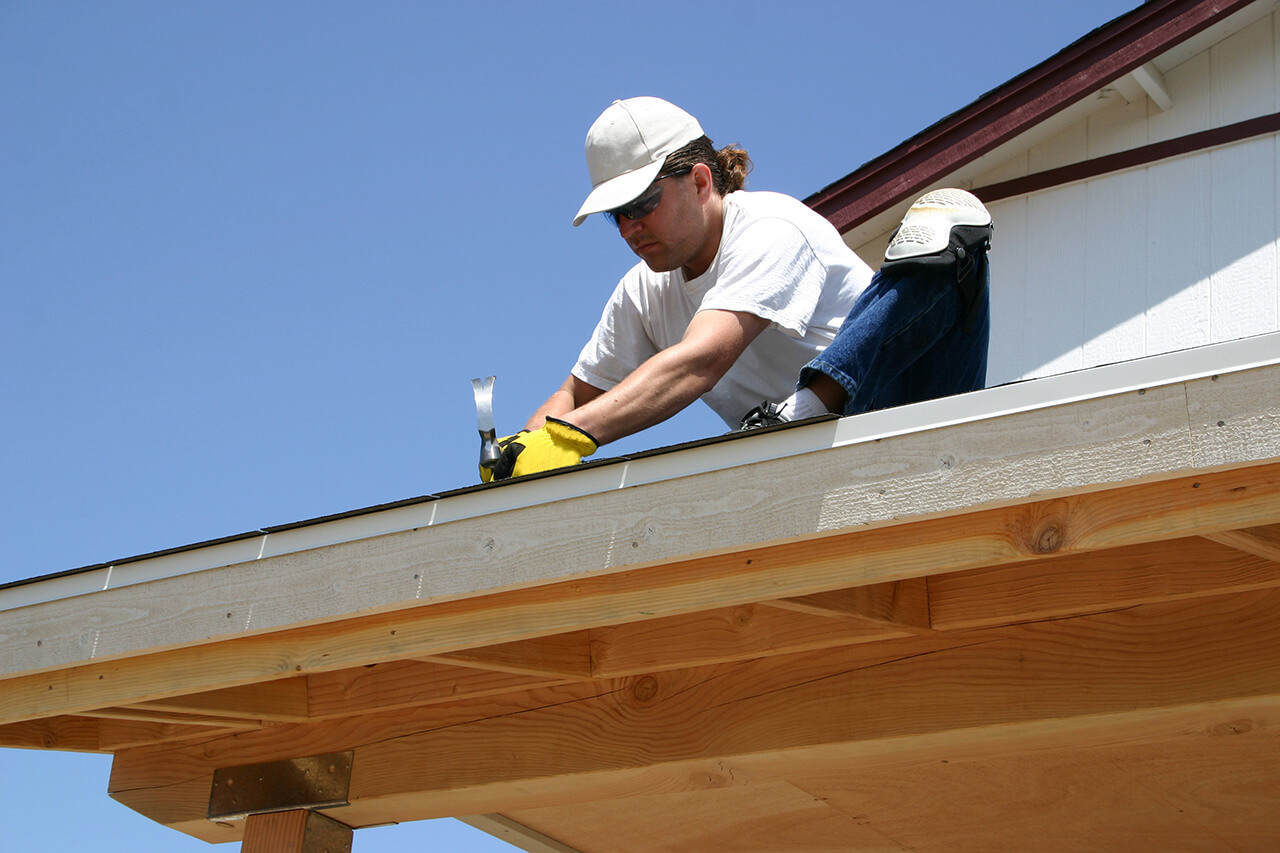
Use this guide to budget for roof repair costs based on factors such as roof condition, materials, size, repair type and severity, and more.
Installing a propane furnace costs an average of $4,500


The average cost to install a propane furnace ranges from $3,900 to $6,000, with most homeowners paying an average of $4,500.
Key cost factors include home size, furnace efficiency rating, furnace type, and labor complexity.
Upgrading to a high-efficiency propane furnace can lower fuel consumption and monthly bills.
Replacing an old or inefficient unit can increase your home’s value and improve comfort.
This article was updated using automation technology and thoroughly reviewed for accuracy by HomeAdvisor Editor Ryan Noonan.
On average, installing a propane furnace costs between $3,900 and $6,000, and most homeowners spend an average of $4,500. A straightforward, like-for-like swap may run as low as $2,000, while upgrading to a high-efficiency model—especially when ductwork or controls need attention—can push the price to $8,000 or more. Your total depends on factors like furnace type, efficiency rating, maintenance, and labor.
The size of your home and the type of propane furnace you choose significantly affect your total furnace installation costs, along with a variety of other factors. Here’s a closer look at how your final price breaks down.
Sizing matters when it comes to buying a new furnace. An undersized furnace will struggle to heat your rooms, while an oversized model wastes energy and money. Your home’s square footage informs the size of the propane furnace that you need to install. Here are average costs, including labor and materials, for various-sized furnaces:
| Furnace Size (BTU per Hour) | Home Size (Sq. Ft.) | Average Cost (All-In) |
|---|---|---|
| 40,000–60,000 | Up to 1,200 | $2,000–$ 3,500 |
| 60,000–80,000 | 1,200–2,000 | $3,000–$5,000 |
| 80,000–120,000 | 2,000–3,500 | $4,000–$7,500 |
There are three common types of propane furnaces, each offering different efficiency levels and coming at a different upfront cost.
| Furnace Type | Average Installation Cost | Average Unit Cost |
|---|---|---|
| Single-stage | $700–$1,200 | $1,200–$2,300 |
| Two-stage | $900–$1,400 | $1,600–$2,800 |
| Modulating | $1,200–$1,700 | $2,300–$3,800 |
You can choose between standard-efficiency furnaces (80%–90% AFUE) and high-efficiency models (90%–99% AFUE). Although high-efficiency units cost more upfront, they consume less fuel and lower your long-term running costs.
Labor for installing a propane furnace falls between $1,000 and $3,100. Most HVAC pros either quote a flat project price or bill hourly at $75 to $150 for 10 to 20 hours of work.
Plan on $100 to $300 per year for a professional propane furnace tune-up—money well spent to keep efficiency high and avoid breakdowns and future furnace repair costs.
When you install a propane furnace, you’ll need a propane tank on your property to store the fuel. Propane tank installation costs $600 to $2,500, depending on whether you opt for above- or below-ground installation.
Yes, installing a propane furnace can have a positive impact on the value of your home. Swapping an outdated system for a new high-efficiency propane furnace can lift your home’s value—especially if the existing unit is nearing the end of its life. A new system will help you save on your heating bills, and is an attractive feature to prospective buyers if you’re selling your home.
Consider these cost-saving strategies to make installing a propane furnace more wallet-friendly:
Book ahead: Aim for a spring or summer install when crews are less busy and rates tend to dip.
Consider long-term costs: High-efficiency models save fuel costs over time.
Check rebates: Look for federal, state, or local rebates for energy-efficient furnaces.
Compare quotes: Collect at least three detailed bids from licensed local furnace installation pros so you can weigh cost, warranty, and timeline.
No place is more important than your home, which is why HomeAdvisor connects homeowners with local pros to transform their houses into homes they love. To help homeowners prepare for their next project, HomeAdvisor provides readers with accurate cost data and follows strict editorial guidelines. After a project is complete, we survey real customers about the costs to develop the pricing data you see, so you can make the best decisions for you and your home. We pair this data with research from reputable sources, including the U.S. Bureau of Labor Statistics, academic journals, market studies, and interviews with industry experts—all to ensure our prices reflect real-world projects.
From average costs to expert advice, get all the answers you need to get your job done.

Use this guide to budget for roof repair costs based on factors such as roof condition, materials, size, repair type and severity, and more.

Need fascia and soffit repairs? Hiring a pro ensures proper installation, protects against pests, and prevents structural damage. Learn about common warning signs, material options, and how fascia and soffits safeguard your home from moisture.

Learn how to budget for a new fence by exploring cost factors such as the fence size, height, posts, gates, style, and labor requirements.

Discover how much an electric furnace costs based on factors such as unit size, local labor rates, electrical upgrades, and ductwork condition.

Discover how much HVAC repairs cost based on the extent of damage, components that require replacement, and labor rates.

Budget for gas furnace costs based on factors such as size, climate, energy efficiency, furnace type, fuel source, labor, and more.